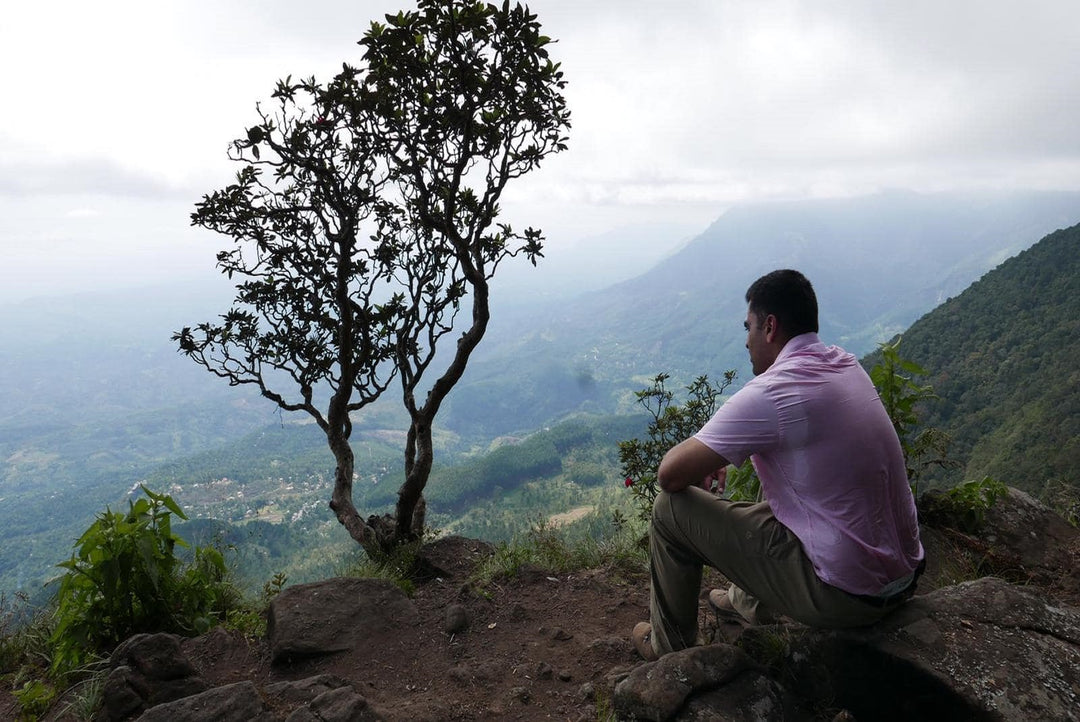Tea Botany - A Brief Introduction
There are two types of tea plant in the world. Camellia Sinensis Sinensis (China Jat) and Camellia Sinesis Assamica (Indian Jat). The generic name Camellia is taken from the Latinized name of Reverend Georg Kamel, who was a Moravian born Jesuit lay priest, pharmacist, and missionary to the Philippines.
All commercially grown tea will be from one or the other of these plants, and both can produce green, oolong and black teas. Each however tends to produce a better cup as either green or black. Tea estates will have a mixture of both, so that they have a balance of depth and strength, whilst having flavour and aroma.
 Small leafed China Jat against the larger Assam Jat
Small leafed China Jat against the larger Assam Jat
Jat is a Hindi word meaning caste and was used by the early British planters in India to identify the two types of tea bush. China Jat plants have smaller leaves; they tend to do well at higher altitudes where the climate is cooler. The leaf grows slower because of the higher elevations and it produces far more flavour once harvested.
The China jat on the other hand whilst having a lot of aroma and flavour, it tends to lack depth and body.
 When grown on estates teas have both depth and flavour
When grown on estates teas have both depth and flavour
Assam jat have broader leaves and its bush is better suited to the lower plains where it is hotter and more humid. The bush grows far quicker than the China jat, and they produce a very high yield. Whilst not producing the intensity of aroma and flavour, Assam Jat delivers depth, body, and strength to a cup.
For those that would like to try a pure Assam jat tea, please try Halmari Estate, one of Assam’s premier tea producers. Alternatively, should you wish to try China jat, try our Himalayan Hand rolled tea from Nepal. Alternatively, if you are looking for a blend of both bushes, please try PMD Tea’s Planters Breakfast or Afternoon teas.
 Withering troughs of the low country with freshly picked Assam Jat
Withering troughs of the low country with freshly picked Assam Jat




